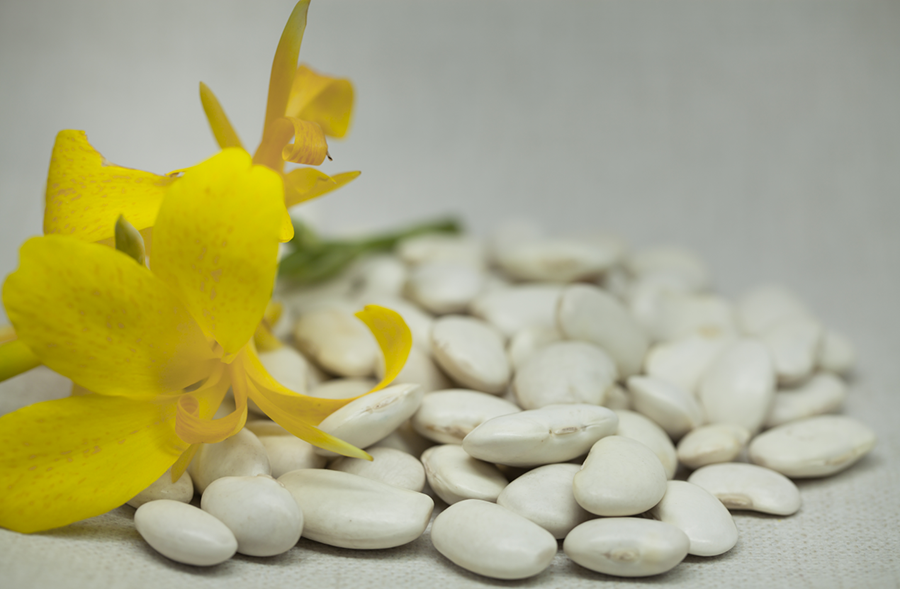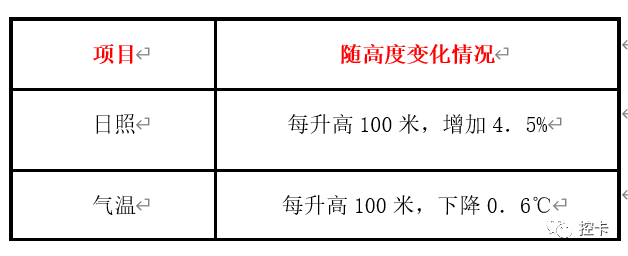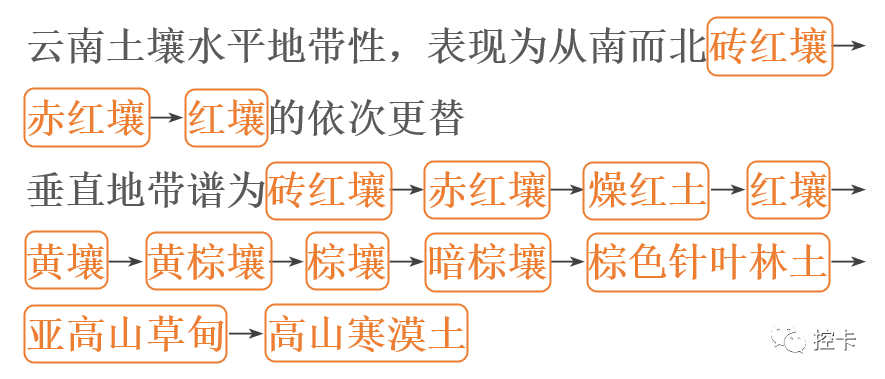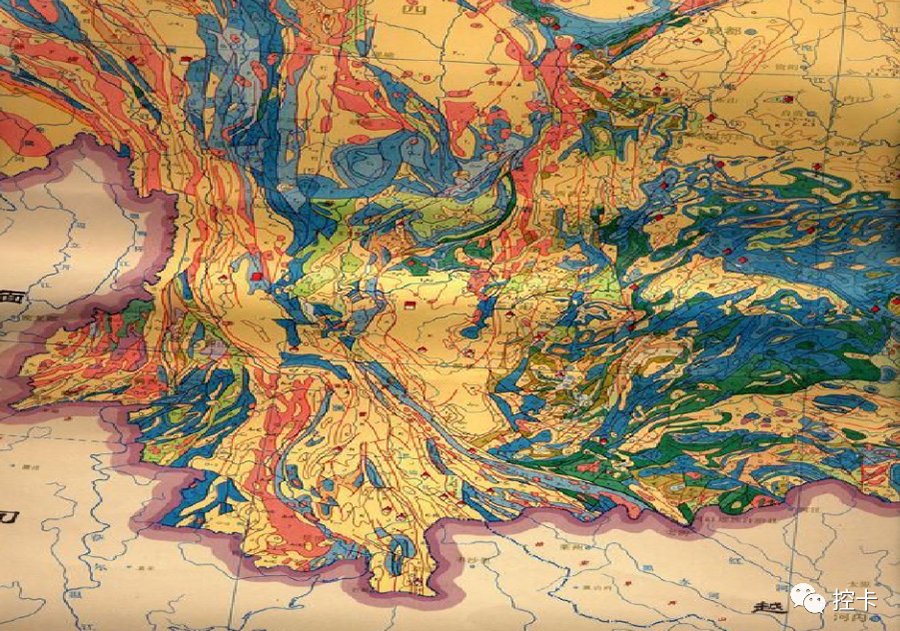The superiority of the natural environment of the Yunnan Plateau has produced high-quality white kidney beans

White kidney beans, also known as "white kidney beans", "white kidney beans" or "white phoenix beans", native to the Americas, Mexico and Argentina, widely planted in temperate regions. 16th century introduced into Chinese cultivation. At present, all provinces are planted, planting area is larger, better quality of white kidney beans are mainly concentrated in Yunnan (Dali, Lijiang, Lanping), Guizhou and other places, Yunnan is the main export base of white kidney beans.
Yunnan plateau white kidney bean growth climate advantages
White kidney bean is a cold-hardy, sun-loving cash crop.
In the temperature requirements, white kidney beans like temperate. Growth and development requirements for frost-free period of more than 120 days in the region, the optimal temperature of 15 ℃ to 20 ℃.
Light requirements, white kidney beans prefer light. The shorter the sunshine time, the more sunshine, the faster the flowering and podding time of white kidney beans. On the contrary, too long or insufficient sunlight, the flowering and podding have an impact.
Moisture requirements, white kidney beans in the seedling stage is relatively drought-tolerant, such as too much water may appear seedlings yellow leaves weak. The flowering and podding period is the period that requires the most water, and lack of water will directly affect the quality and yield of white kidney beans. The flowering period is sensitive to the wind, long drought without rain and windy easy to appear pods easy to fall.
According to the above requirements of the growth of white kidney beans climate conditions, compared with the Yunnan region, especially the province's high-quality white kidney beans origin Dali and Lijiang and other places of temperature, light, humidity and other environmental analysis, the local very suitable for the growth of white kidney beans.
Yunnan is located in the northern temperate zone from 21°8′ to 29°15′ north latitude, and has a large area of mountain slopes with an altitude of 1800m-2700m, moderate temperature, much fog and dew, and high soil fertility. Dali and Lijiang and other white kidney bean production areas, in the low latitude plateau type monsoon climate, seasonal changes are not obvious. The average annual temperature ranges from 13℃ to about 20℃, with no obvious severe winter or heat, and the seasons are like spring. The average temperature in January, the coldest month, is 6℃ to 8℃, and the average temperature in July, the hottest month, is 20℃ to 24℃, which is suitable for the growth of white kidney beans.
Dali, Lijiang and other places of high altitude, thin atmosphere, light intensity, planting out of the white kidney beans full of particles, bright color, higher content of nutrients. Local rivers are densely populated and the lakes do not freeze. The average annual precipitation is 1,000 to 1,200 millimeters, mainly concentrated in May-October, which meets the humidity demand of white kidney beans during the growing period. In addition, most of the planting areas are concentrated in remote rural areas, far away from industrial pollution, with good air environment and good soil and water. The primitive cultivation method without the use of pesticides and chemical fertilizers also makes the quality of white kidney beans better.

Yunnan Plateau White Kidney Bean Growing Soil Advantages
White kidney beans are rich in nutrients, pure color and high food value. Every 100 grams of white kidney beans contain 23.1 grams of protein, 1.3 grams of fat, 56.9 grams of carbohydrates, 0.24 mg of carotene, 160 mg of calcium, 410 mg of phosphorus, 7.3 mg of iron and rich B vitamins. Crops from the soil to absorb nutrients, the soil's good and bad and suitability for white kidney beans nutritional value also has an impact.
White kidney beans belong to the more developed root system of the crop, suitable for planting in high organic content, deep soil, medium fertility, loose soil, good drainage, ventilation and sunny soil, soil pH to neutral and slightly acidic best.
Yunnan Province is a predominantly mountainous province with a complex natural geography. The mountainous area accounts for 70%, the water area accounts for 15%, and the dam area accounts for 15%. The soil formation process is mainly desilication and alumina enrichment, which is the main soil formation process under hot and humid conditions. That is, in the tropical and subtropical high temperature and high humidity conditions, the aluminum silicate minerals are strongly decomposed, releasing a large number of salt radicals and forming free silicic acid and iron and aluminum oxides. In the neutral weathering fluid, the salt base and silicic acid can move and be leached. Hard to move iron, aluminum oxides are enriched, and even form iron chime or iron mesh layer.
Yunnan white kidney beans are mainly produced in Lijiang and Dali, both at 26 ° north latitude, altitude 1800-2700 meters in the upper part of the middle mountain slopes, which is mainly dominated by yellow-brown soil, high fertility, soil PH 5-6, acidic to weakly acidic reaction. Among them, Lijiang is located in limestone soils, which are richer in organic matter and nutrients, rich in calcium carbonate and humus, with neutral and slightly acidic reaction. The pH and fertility of the soils in both places are good for producing high quality white kidney beans.


Advantages of Yunnan white kidney bean planting method
White kidney beans can be planted singly or in intercropping sets with other crops, which can make up for the stubble, occupy less land, and do not compete with large crops for land and time. The replanting index is high, and in the case of limited land area, the advantages of intercropping can be utilized to fully expand the planting area.
Yunnan local white kidney bean planting method is taken to the slope scattered planting, farmers generally in front of the house behind the planting of white kidney beans, the crop was scattered distribution, is conducive to the inhibition of disease and the spread of pests. No pesticide spraying is required during the seedling stage, and the plant's strong pest resistance during the seedling stage can be planted with other under-vine vegetables, with a high yield at a single point. After the automatic pod removal during fruit maturity, it is convenient for farmers to harvest, and the natural dry environment is more favorable.
References.
[1] Li Yajuan, He Xiaobin. Nutrient status and change characteristics of major soil types in Yunnan Province[J]. China Agricultural Extension, 2014, 30(8)
[2] FU Qizhen. Research on the mechanism of light influence on plant growth[J]. Science and Technology Economic Guide, 2018, 01
[3] Hu Qishan. Effects of soil acidity and alkalinity on crop growth[J]. China Agricultural Capital, 2011, 15:25
[4] WU Xiangsong,LIU Xianwang. Effect of light on the content of active ingredients of medicinal plants[J]. Jiangxi Forestry Science and Technology, 2001, 04:30-32
[5] YANG Haijie. High-yield cultivation technology of white kidney bean[J] . Modernized Agriculture, 2008,12:20-21
Previous Page:
Next page:






